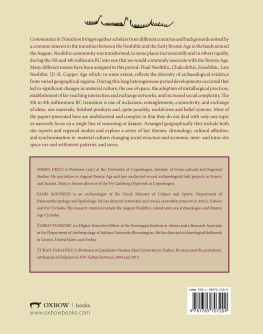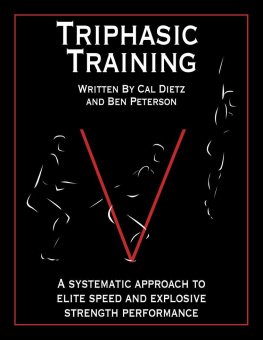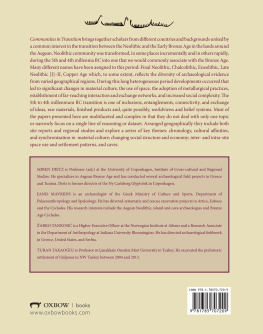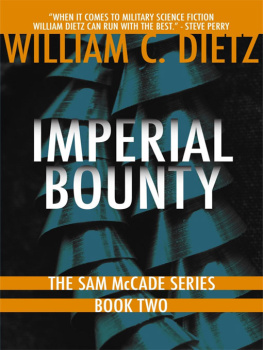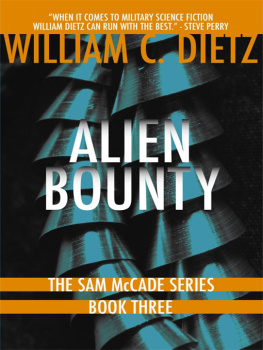


Published in the United Kingdom in 2018 by
OXBOW BOOKS
The Old Music Hall, 106108 Cowley Road, Oxford OX4 1JE
and in the United States by
OXBOW BOOKS
1950 Lawrence Road, Havertown, PA 19083
Oxbow Books and the individual authors 2018
Hardback Edition: ISBN 978-1-78570-720-9
Digital Edition: ISBN 978-1-78570-721-6 (epub)
A CIP record for this book is available from the British Library and the Library of Congress
All rights reserved. No part of this book may be reproduced or transmitted in any form or by any means, electronic or mechanical including photocopying, recording or by any information storage and retrieval system, without permission from the publisher in writing.
Printed in the United Kingdom by Short Run Press
Typeset in India by Lapiz Digital Services, Chennai
For a complete list of Oxbow titles, please contact:
UNITED KINGDOM
Oxbow Books
Telephone (01865) 241249, Fax (01865) 794449
Email:
www.oxbowbooks.com
UNITED STATES OF AMERICA
Oxbow Books
Telephone (800) 791-9354, Fax (610) 853-9146
Email:
www.casemateacademic.com/oxbow
Oxbow Books is part of the Casemate Group
Front cover: Ships carved into a rock from the site of Strophilas on Andros (photograph from the personal archive of C. Televantou); drawing of a rock carving from the main bastion on the wall at the site of Strophilas on Andros representing a procession of ships (drawing by C. Televantou).
Contents
Colin Renfrew
Kostas Kotsakis
William A. Parkinson, William P. Ridge and Attila Gyucha
Ioannis Aslanis
John E. Coleman and Yorgos Facorellis
Maria Mina
Aleksandar Kapuran, Aleksandar Bulatovi and Dragan Milanovi
Inga Merkyte
Petya Georgieva
Petya Georgieva, Margarita Popova and Veselin Danov
Kamen Boyadzhiev and Yavor Boyadzhiev
Velichka Matsanova and Tatyana Mishina
Stoilka Terzijska-Ignatova
Mariusz Kufel and ukasz Pospieszny
Agathe Reingruber
Ivan Gatsov and Petranka Nedelcheva
Ccile Oberweiler, Gilles Touchais and Petrika Lera
Zo Tsirtsoni, Pascal Darcque, Haido Koukouli-Chryssanthaki, Dimitra Malamidou and Ren Treuil
Maria Pappa
Eva Alram-Stern
Nina Kyparissi-Apostolika
Stella Katsarou
Stratos Nanoglou
John Bintliff and Kalliope Sarri
Adamantios Sampson and Vagia Mastrogiannopoulou
Lilian Karali, Fanis Mavridis and Dimitris Lambropoulos
Alexandra Mari
Margarita Nazou
Sren Dietz and Pernille Bangsgaard
Georgia Stratouli and Odysseas Metaxas
Daniel J. Pullen
Walter Gauss
Catherine Perls
Jrg Rambach
Danielle J. Riebe
Stratis Papadopoulos, Ourania Palli, Sophia Vakirtzi and Eleni Psathi
Burin Erdou
arko Tankosi
Fanis Mavridis
Christina A. Televantou
Mercourios Georgiadis
Krzysztof Nowicki
Tristan Carter
Serena Di Tonto
Simona Todaro
Katerina Kopaka and Efthimis Theou
Edgar Peltenburg
Ioannis Voskos
Turan Takaolu and Abdulkadir zdemir
Turan Takaolu and Onur Bamyac
Zafer Derin and Tayfun Caymaz
zlem evik
Rza Tuncel and Vasf aholu
Barbara Horejs and Christoph Schwall
Sevin Gnel
Taner Korkut, Gl In and Turan Takaolu
Ali Umut Turkcan
Preface
The volume before you represents a collective effort that brings together scholars from different countries and backgrounds united by a common interest in the transition between the Neolithic and the Early Bronze Age in the lands around the Aegean. We chose a title containing the word communities because we think that the changes that occurred in the 5th and 4th millennia in south-eastern Europe and western Anatolia changed the way people were organised, how they understood their place in society, and how they interacted with other social entities on a day-to-day basis. The Neolithic community was transformed, at some places incrementally and at others rapidly, into one that was, by the end of this period, more similar to what we would commonly associate with the Bronze Age.
Terminology used to describe this period presented a special topic for consideration. Many different names (e.g. Final Neolithic, Chalcolithic, Eneolithic, Late Neolithic [I]II, Copper Age) are used by colleagues with different scholarly backgrounds. To some extent, they reflect diverse archaeological evidence from varied geographical regions. During this long heterogenous period spanning two millennia, developments occurred that led to significant changes in material culture, use of space, adoption of metallurgical practices, establishment of far-reaching interaction and exchange networks, and increased social complexity. The 5th and 4th millennia BC transition, notwithstanding the variability inherent in a section of prehistory this long, is one of inclusions, entanglements, connectivity, and exchange of ideas, raw materials, finished products and, quite possibly, worldviews and belief systems.
Largely, we kept the nomenclature used for regional archaeological cultures to show the variety and differences related to the period. However, after some deliberation, we settled on using the general term Later Neolithic Stages (not to be confused with the Late Neolithic phase) to describe the chronological focus of the conference itself. By using this somewhat neutral term, we wished to both advertise the focus on the fourth and later part of the 5th millennium as crucial for understanding the entire period and the intention to not include the earlier phases of the Late Neolithic or the developed phases of the Early Bronze Age, unless particularly pertinent to the discussion. The title of the volume, we felt, should be even more neutral and inclusive, which is the reason why we settled on the definition of the period in purely chronological terms. Inclusiveness was also high on the list of our priorities when organising the conference; we selected participants based purely on the criterion of scientific contribution.
Most of the papers presented here are multifaceted and complex in that they do not deal with only one topic or narrowly focus on only a single line of reasoning or group of data. Hence, it was difficult to section them off into meaningful chapters based exclusively on their thematic content. After much consideration, we settled on geography as the overarching principle by which to structure this book, as being the least contentious and controversial. Hence, the papers are arranged in a roughly northsouth direction (i.e., the Balkans, northern Greece and Thessaly, west, central, and southern Greece, the Aegean Islands, Crete and Cyprus and west Anatolia), preceded by introductory and synthetic contributions that either transcend regional divisions, span more than one region or address general topics related to this period. We, however, provide an overview of the papers according to their topical and thematic character in the introduction to this volume.
Next page
